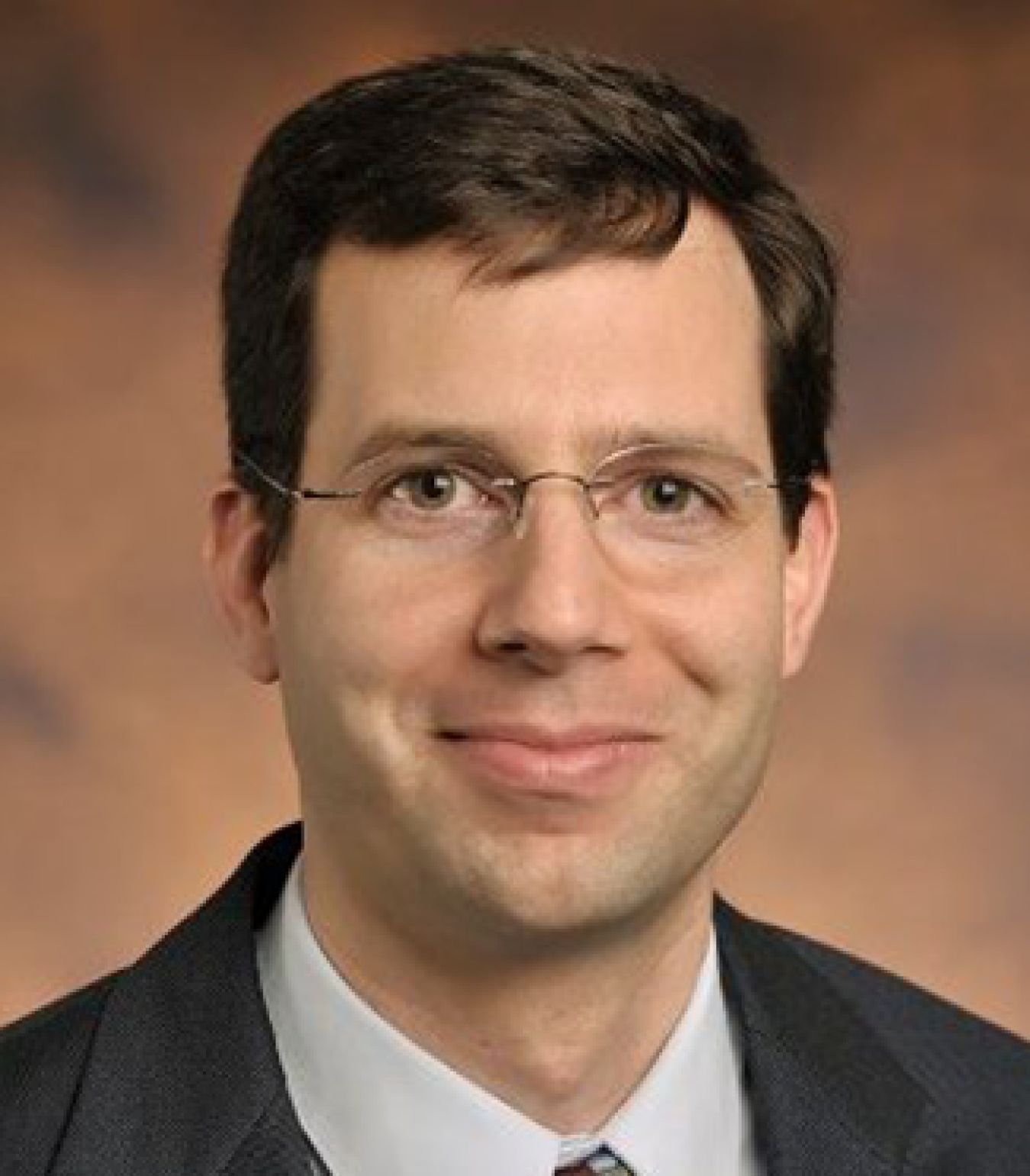After several years of work, the CBI and ET teams partnering with the labs have licensed the manufacture of a new product, the Sensor Suitcase.
June 1, 2017Good news for the approximately 2.4 million small buildings in the U.S.! After several years of work, the Commercial Buildings Integration and Emerging Technologies (now Building Energy Research and Development) teams partnered with Lawrence Berkeley National Lab (LBNL), Oak Ridge National Laboratory (ORNL), and Pacific Northwest National Laboratory (PNNL) and have licensed the manufacture of a new product, the Sensor Suitcase, to two companies. The Sensor Suitcase helps small building operators better understand what’s wrong with their building--and how to fix them, thus saving businesses energy and money.
According to the 2017 Annual Energy Outlook small buildings account for 34 percent of commercial building energy consumption or about 2.4 quadrillion Btu of site energy per year.
[[{"type":"media","view_mode":"media_large","fid":"1168996","field_deltas":{},"link_text":null,"attributes":{"alt":"bto-blogpost-1-060117.jpg","height":480,"width":359,"style":"width: 300px; height: 401px; float: right; margin-left: 10px; margin-right: 10px;","class":"media-image caption media-element file-media-large","data-delta":"1"},"fields":{}}]]Commercial buildings often do not perform at peak efficiency because their building systems and equipment have not been configured to maximize energy performance. For example, air conditioning and heating units in small buildings are typically on the roof: out of sight, out of mind … at least until someone is too cold, too hot, it’s too humid, or too stuffy because the unit is not functioning properly and you are faced with an expensive emergency replacement. Retrofitting can often resolve these types of issues, however, smaller commercial buildings can face hurdles in implementing these strategies due to resource constraints, namely financial and staff limitations.
The Sensor Suitcase can be used to prevent emergency replacement or repair situations, and improve the performance of small buildings by identifying and prioritizing the impact of eight different lighting, heating, and air conditioning problems. Inside, 16 battery-powered sensors are packaged with a tablet, data logging and communications capabilities in a transportable, easy to install turnkey sensing and evaluation … suitcase! And just as important, it is a software solution that can be operated by non-experts.
Using the tablet, operators receive step-by-step installation instructions on how, where, and how long to install the sensors in their building.
After the sensing and logging is complete, the sensors are easily removed and returned to the suitcase. Once data is uploaded from the suitcase to a laptop for problem detection and evaluation, the suitcase can be used to evaluate the next building. Using the software, operators enter basic building information and are presented with prioritized opportunities for energy and cost savings in their building.
Two licenses have been issued for large-scale private manufacturing. And with more suitcases available to evaluate more of the 2.4 million small buildings, U.S. businesses are on track to save over $5 billion by following the whole-building savings recommendations using the Sensor Suitcase.
Want to know more? Check out our video.
[[{"type":"media","view_mode":"media_large","fid":"1168992","field_deltas":{},"link_text":null,"attributes":{"alt":"bto-blogpost-2-060117.png","height":315,"width":480,"class":"media-image caption media-element file-media-large","data-delta":"2"},"fields":{}}]]
Sven Mumme

Sven Mumme is technology manager in the Building Technologies Office (BTO) at the U.S. Department of Energy (DOE) for Opaque Envelope and Thermal Energy Storage R&D. In addition, Sven plays an integral role in the Advanced Building Construction (ABC) Initiative and the Small Business Innovation Research (SBIR) program, and contributes to BTO’s Technology-to-Market Initiative.
Sven originally joined DOE in 2012 as an ARPA-E technology-to-market advisor, where he helped transition breakthrough energy technologies from lab to market. He was responsible for leading the commercialization strategy for the Methane Opportunities for Vehicular Energy program and a variety of building energy efficiency, energy storage, and gas-to-liquids projects from the OPEN 2012 and OPEN 2015 programs. Prior to joining DOE, Sven worked for the specialty chemicals and materials company W.R. Grace from 2006 to 2012. In his most recent role as a global marketing manager for incubator technologies, part of Grace's New Business Development department, he developed high-risk/high-reward businesses in energy storage, alternative feedstock conversion, and drug delivery, and he also led the new product development stage-gate process to advance step-out technologies to market. From 1999 to 2005, Sven was a project engineer at Underwriters Laboratories (UL), where he designed laboratory systems and equipment for UL's test facilities across Asia, Europe, and North America.
Sven earned a B.S. in mechanical engineering from Queen's University in Kingston, Ontario, and an MBA from Duke University’s Fuqua School of Business.

